Samsung Q950TS review: an 8K masterpiece, and the new best TV on the planet
The Samsung Q950TS shows why an 8K TV can be better than 4K even in a world with no 8K content

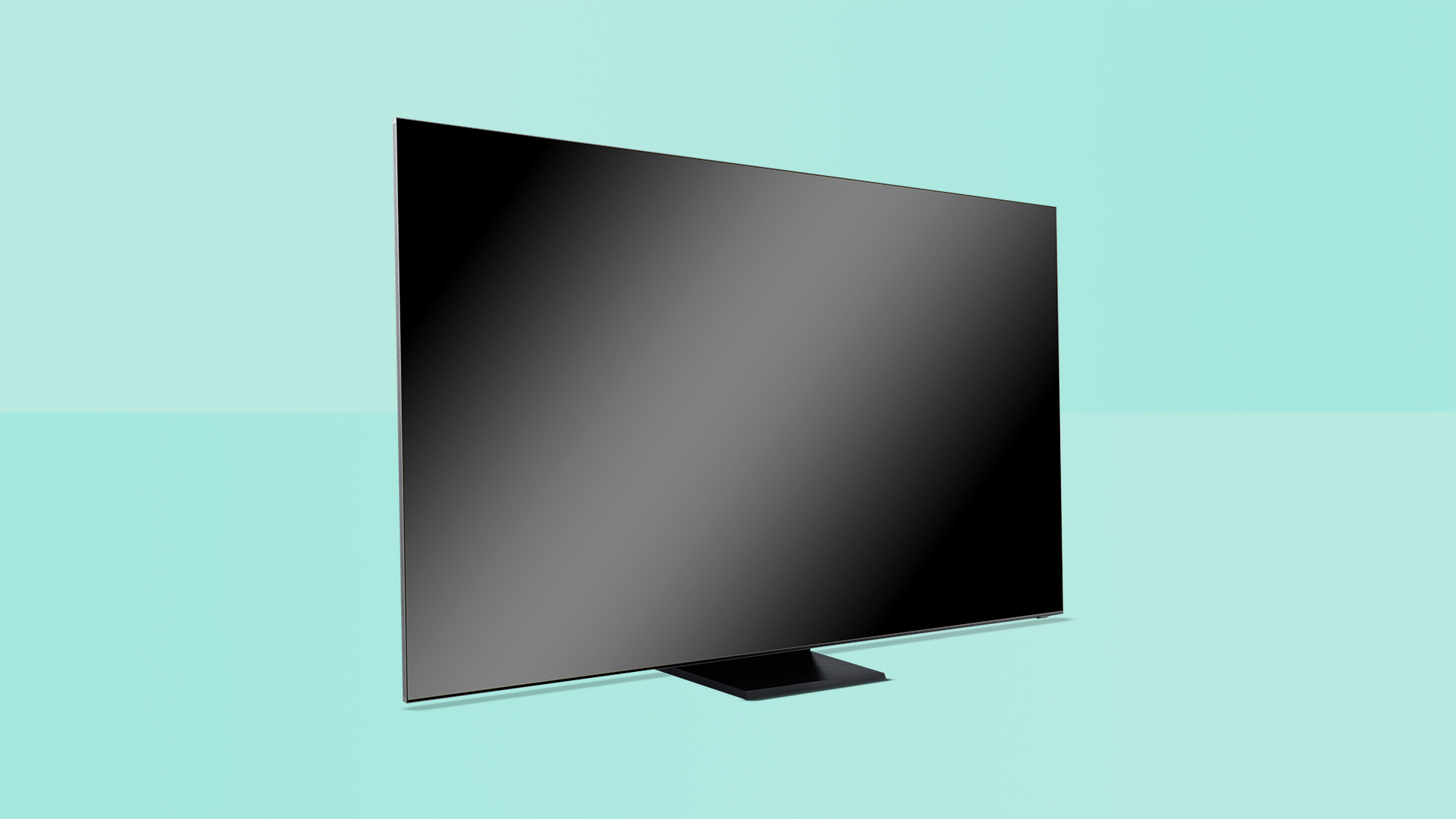
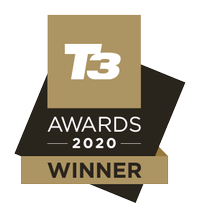
The Samsung Q950TS may be damn expensive, but you can see why in every frame. It elevates 4K footage to a new level, and offers simply incredible HDR performance.
-
+
Endlessly watchable images
-
+
Superlative upscaling of 4K material
-
+
Incredible HDR and contrast
-
+
Remarkable feat of design
-
-
Frighteningly expensive
-
-
Sounds unyieldingly hard and thin
Why you can trust T3

This Samsung Q950TS review is T3's in-depth look at Samsung's latest flagship TV, a showpiece for all the things 8K QLED screen technology can achieve, and the winner of the prestigious Best TV award at our T3 Awards 2020. We've tested the Samsung QE75Q950TS, which is the 75-inch model, though you can also get it in 65-inch and 85-inch versions in the UK.
The Q950TS is Samsung's latest attempt to sell you something you didn’t know you wanted. 8K is hardly the must-have tech, for most, it still seems almost ludicrous – but the idea of 33 million pixels of detail (compared to the suddenly minuscule 8 million pixels of 4K) certainly sounds tempting. Of course, right now you'll struggle to find much 8K content available to watch, and it's unlikely to come flooding in rapidly either.
• The best 8K TVs & the tech explained
• The best TVs of all kinds
But Samsung sees a world that isn't so reliant on content being the exact right format for your screen. While it is actually working to help make 8K the default resolution for broadcasters and streaming services sooner rather than later, it's also aiming to make its 8K TVs the best 4K TVs you can buy.
Its AI-based upscaling technology is intended to make Netflix, Amazon Prime Video Disney+ and anything else you watch look appreciably better – more detailed, and more lifelike – than even the best 4K TVs can manage.
Can it possibly be true?
- Buy the Samsung 75Q950TS from Currys for £7,999
- Buy the Samsung 75Q950TS from Appliances Direct for £7,999
- Buy the Samsung 75Q950TS from Samsung UK for £7,999

Samsung Q950TS review: Price and features
The Q950TS is Samsung’s flagship 8K QLED range for 2020. In the UK, it's available in 65-inch and 85-inch screen sizes as well as the £7,999 75-inch variant we’re testing here. The 65-inch version costs a mere £5,999, while the whopping 85-inch screen is yours for a giddy £11,999.
• Buy the Samsung 65Q950TS from Currys for £5,999
• Buy the Samsung 65Q950TS from Appliances Direct for £5,999
• Buy the Samsung 85Q950TS from Currys for £11,999
• Buy the Samsung 85Q950TS from Appliances Direct for £11,999
In the US, only the 85-inch version of this specific model will be available, for $12,999. However, the US will get a different version of this TV at other sizes, called the Q900TS – we'll go into how they differ in just a moment, but the image quality and technology inside is exactly the same, which is the important part. The Q900TS comes in 65 inches for $5,499, 75 inches for $7,499 or 85 inches for $9,999.
• Buy the Samsung 65Q900TS from Best Buy for $5,499
• Buy the Samsung 75Q900TS from Best Buy for $7,499
• Buy the Samsung 85Q900TS from Best Buy for $9,999
As far as features go, the 75Q950TS is as fully loaded as you’d expect a flagship TV from a global brand to be.
There’s that enormous resolution, obviously – information is power, after all, and the more pixels your TV is packing, the greater its potential for detail, accuracy, precision and all the other critical picture-making disciplines.
Then there’s connectivity. The Samsung has dual-band Wi-Fi on board, of course, and as far as physical connections go you’re looking at four HDMI inputs (one of which is HDMI 2.1-compliant), three USB sockets, RF and satellite TV aerial posts, an ethernet input and a digital optical output. What’s especially pleasing and convenient about them, though, is the fact that Samsung has taken them off the TV.
All connectivity and related hardware, including power, is housed in a fairly big box called One Connect, which joins to the screen itself using a single, slim umbilical cable. So the 75Q950TS is less problematic to wall-mount, and looks less cluttered once it’s up there, than any other massive TV you care to mention.
This is where we come to the variant version – the Q900TS, which will be available in some territories, including the UK and the US. It's exactly the same for image quality and processing, but doesn't include the external One Connect box – instead, all the ports are on the TV, like with most other sets. This makes the TV a bit thicker, but it will also be cheaper, as you saw from the US versions above – we've seen retailers list £6,999 for the 75-inch version and £4,999 for the 65-inch version.
• Buy the Samsung 65Q900TS from Currys for £4,999
• Buy the Samsung 65Q900TS from Appliances Direct for £4,999
• Buy the Samsung 75Q900TS from Currys for £6,999
• Buy the Samsung 75Q900TS from Appliances Direct for £6,999
Every HDR standard bar Dolby Vision is catered for here, and the Samsung’s ability to to control each of its 480 zones of full-array backlighting down to an individual level means the Q950TS has the best chance of delivering deep, lustrous black tones and bright, clean whites even if they’re sharing the same scene.
As far as sound goes, Samsung has taken quite decisive steps to address criticism of the audio quality of its 2019 8K TVs. Here it’s deployed something called ‘Object Motion Tracking +’ - it’s basically an array of eight speaker drivers arranged, roughly, in a 4.2.2 configuration. That’s two mid-range drivers and two low-frequency drivers deployed near the bottom of the screen, a couple of mid-range drivers at the top, and one high-frequency driver on either side of the screen about halfway up.
With this arrangement, Samsung intends to offer a bigger sonic presentation than is usually associated with flatscreen TVs, and offer a degree of audio tracking of on-screen motion at the same time.
(Of course, anyone with £8K for a TV burning a hole in their pocket really ought to be budgeting for a sound system to do these images some justice – but Samsung should nevertheless be commended for its efforts.)
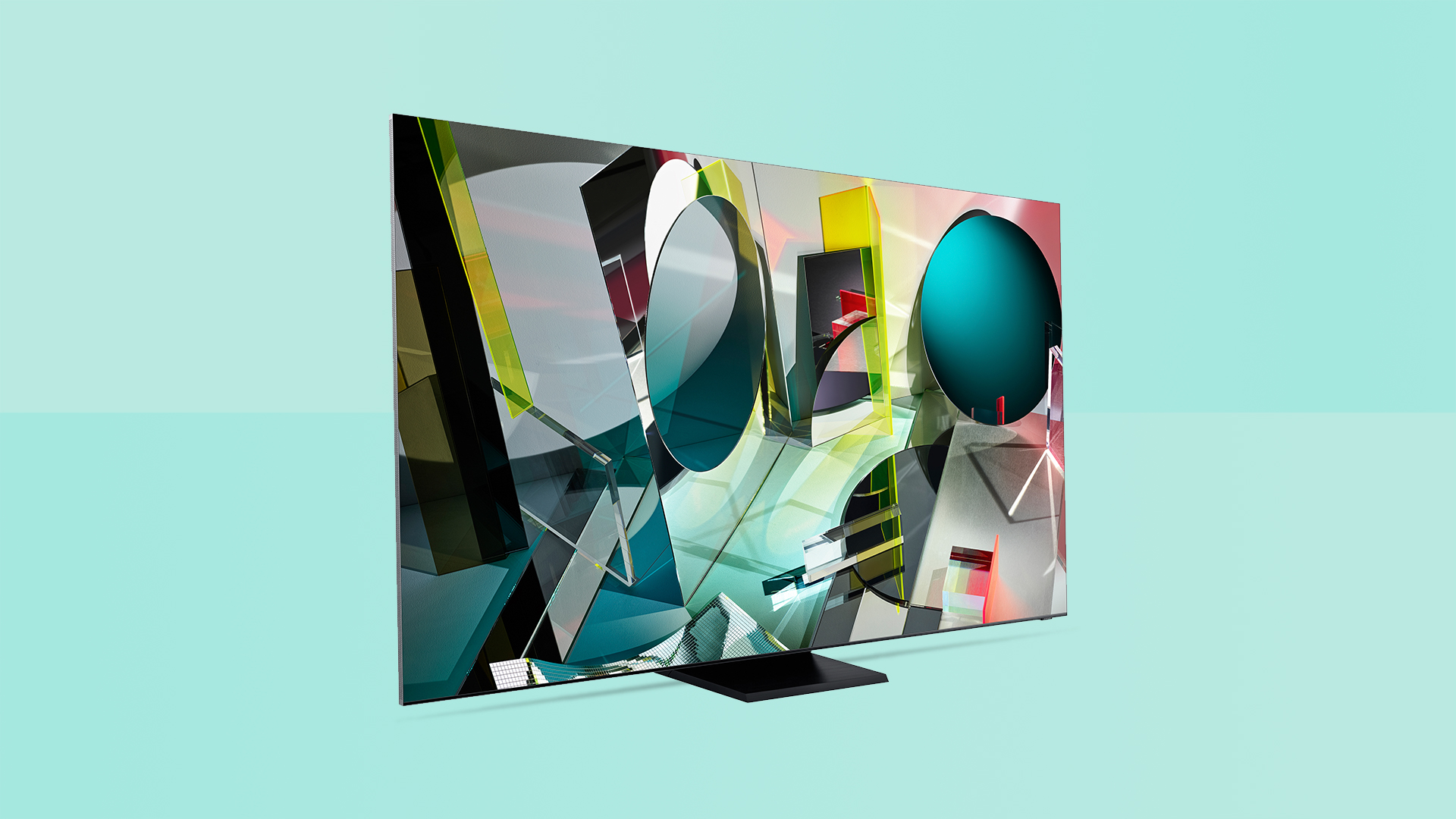
Samsung Q950TS review: Picture performance
As already mentioned, native 8K content is conspicuous only by its absence. So the fact that the few minutes of USB-mounted 8K stuff this review TV came with looks stunning in its detail levels, strength of contrasts and effortlessly controlled motion is, frankly, neither here nor there.
What the 75Q950TS needs to do is upscale 4K and Full HD content to the sort of standard that’s going to make a £7,999 price tag seem reasonable.
Happily, the Samsung proves an extraordinarily capable upscaler. No matter if you feed in 4K stuff from Netflix, from Amazon Prime Video or via an Ultra HD Blu-ray player, it absolutely maximises the potential of the content.
A lot of this remarkable show of strength is down to the work Samsung has done with AI and machine learning. The Q950TS' processing was trained on a colossal database of images, against which it is able to cross-reference the pictures it’s being asked to display – this makes its upscaling more accurate and convincing, and also constantly builds the TV’s relevant knowledge. On a technological level alone, it’s deeply impressive.
This ever-increasing refinement of the screen’s upscaling is complemented no end by the quality of its backlighting. Because it’s a full-array screen, with lighting behind its pixels across the entirety of the screen rather than just around the edges (as some less capable, and less expensive, screens deploy), the Samsung is able to exhibit real dexterity when it comes to the light and shade of the pictures it produces.
There are 480 discrete zones where it can dim the backlight to make blacks in that part of the image look truly black. That's a lot of dimming zones, and to be able to control each of them individually is notable.

What it means for the viewer, then, is that the screen can generate intense peak brightness levels far, far beyond what any OLED TV can achieve, keeping white tones bright, clean and detailed while avoiding bleaching.
It means black tones are deep and glossy, yet alive with nuance and detail. And it means the 75Q950TS can do this even when the blacks and the whites are sharing the same screen. Allied to a gratifying lack of reflectivity from the screen itself, plus excellent off-axis viewing quality, it means the Samsung looks accomplished right from the off.
And in every other aspect of picture-making too, the Q950TS just flat-out impresses. It can provide a remarkably extensive colour palette, so no nuance of shade is too fine to escape it. It serves up skin-tones and -textures confidently, making even the booziest or most rugged complexion believable.
It handles motion, both rapid and leisurely, with complete authority, tracking on-screen movement (in any direction) without alarms. And it generates plausible depth of field too, so big panoramic scenes are deep enough to be credible.
Edges are drawn smoothly, and picture noise is kept to an absolute minimum. Only images of unbroken, uniform colour – a big Arizona sky, say, or a football pitch, can make the 75Q950TS betray just how much work its upscaling engine is getting through with small imperfections.
Step down in quality to some bog-standard Full HD via BBC iPlayer or a 1920x1080 Blu-ray disc and the Samsung is, if anything, even more impressive. There’s not the absolute confidence in evidence as with 4K material, naturally enough – edges can shimmer, slow-panning movement lacks a little certainty, and picture noise escalates from a rumour to a mild, but definite, fact.
But consider this: the 75Q950TS is taking just over 2 million pixel’s-worth of information and turning it into a picture of over 33 million pixels. Bear that in mind and the slight softness and relative lack of detail in these images is trifling.
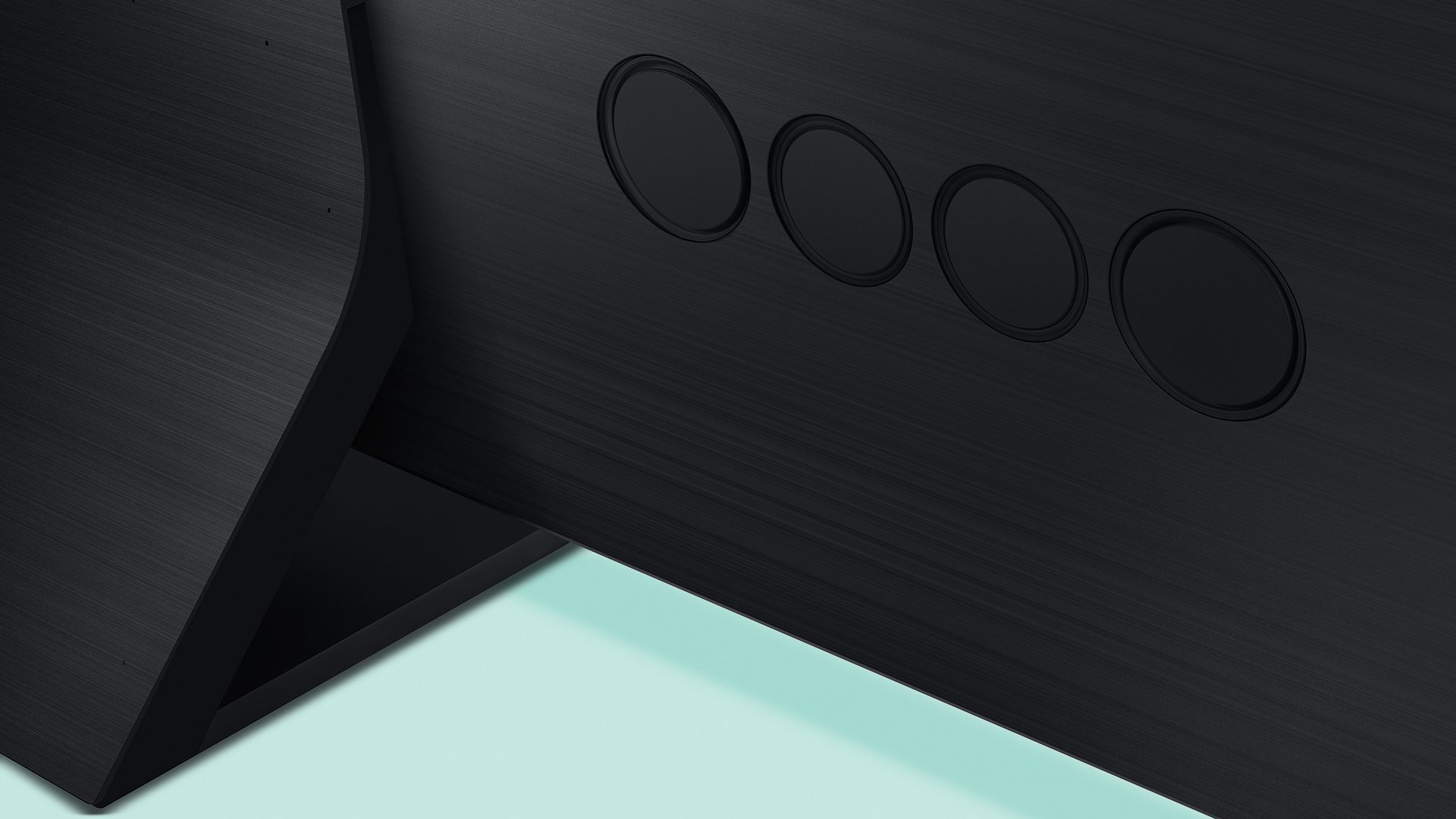
Samsung Q950TS review: sound quality
This is not an area of such total success as the image quality. There’s no doubt the 75Q950TS sounds bigger, more spacious and better separated than the flatscreen TV norm – and it’s equally true to say that sound does follow motion around the screen, though somewhat vaguely.
But the most obvious thing about the way the Samsung sounds is that it’s hard, flat and bright to the point of discomfort. This uncompromising sonic signature is about as inappropriate for the luxuriousness of the images it accompanies as it's possible to imagine.
As we said before, we doubt those budgeting this much for a TV will be unable to find money for separate speaker system, so it shouldn't ultimately affect the thing you actually got the TV for, but this is your reminder that yes, you should buy one of the best soundbars, or a full surround sound or Dolby Atmos system.
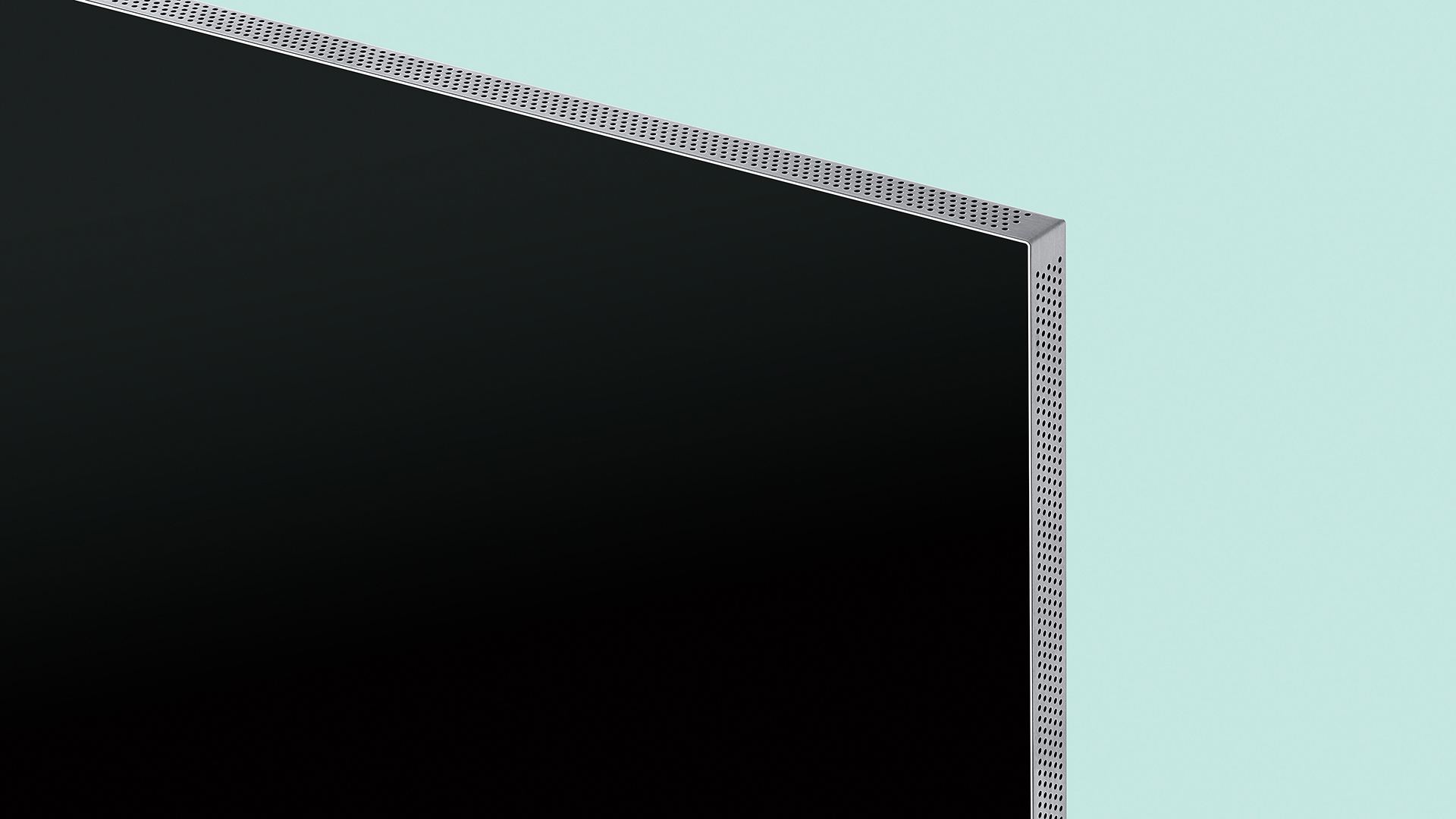
Samsung Q950TS: design and usability
The design of the Q950TS is remarkable for a couple of reasons. Of course, all anyone wants from their pricey new TV is as much screen as they can accommodate and little of anything else – and the Samsung delivers.
Its bezel is an astonishingly brief 2mm wide, which means it is – to all intents and purposes – invisible when you’re sitting an appropriate distance from the screen.
And the depth of the chassis is almost as remarkable. Because Samsung’s QLED technology requires backlighting, it will never be as eye-poppingly slim as the OLED alternatives it wishes to usurp.
•OLED vs QLED: the technologies explained
But because Samsung has taken as much of the electrical gubbins out of the frame and put it in the One Connect box instead, there is no OLED-style bulge or extrusion here. Instead, the 75Q950TS is a consistent 15mm deep across the whole of its chassis. So while it’s not phone slim, it’s slimmer than a laptop. Which is virtually the same thing at this scale.
Control is via a small, weighty remote control featuring only as many buttons as is essential. It feels upmarket in the hand, and Samsung has somehow managed to make the button-presses feel expensive, which is no easy feat. And it’s also possible to operate the Q950TS using Amazon Alexa voice-control, with Google Assistant in the pipeline too.
No matter how you choose to operate the screen, though, you’ll be accessing one of the most agreeable user interfaces in all of TV-land. Samsung’s Tizen-based operating system has had its background colour changed from white to pale blue for 2020, but in every other respect Samsung has left a winning formula well alone.
This OS is logical, rapid, intuitive, sensibly laid out and easy to customise – and it features each and every worthwhile catch-up TV/streaming service app (up to and including Apple TV with AirPlay 2, and Disney+) as well as a whole stack of less high-profile alternatives.
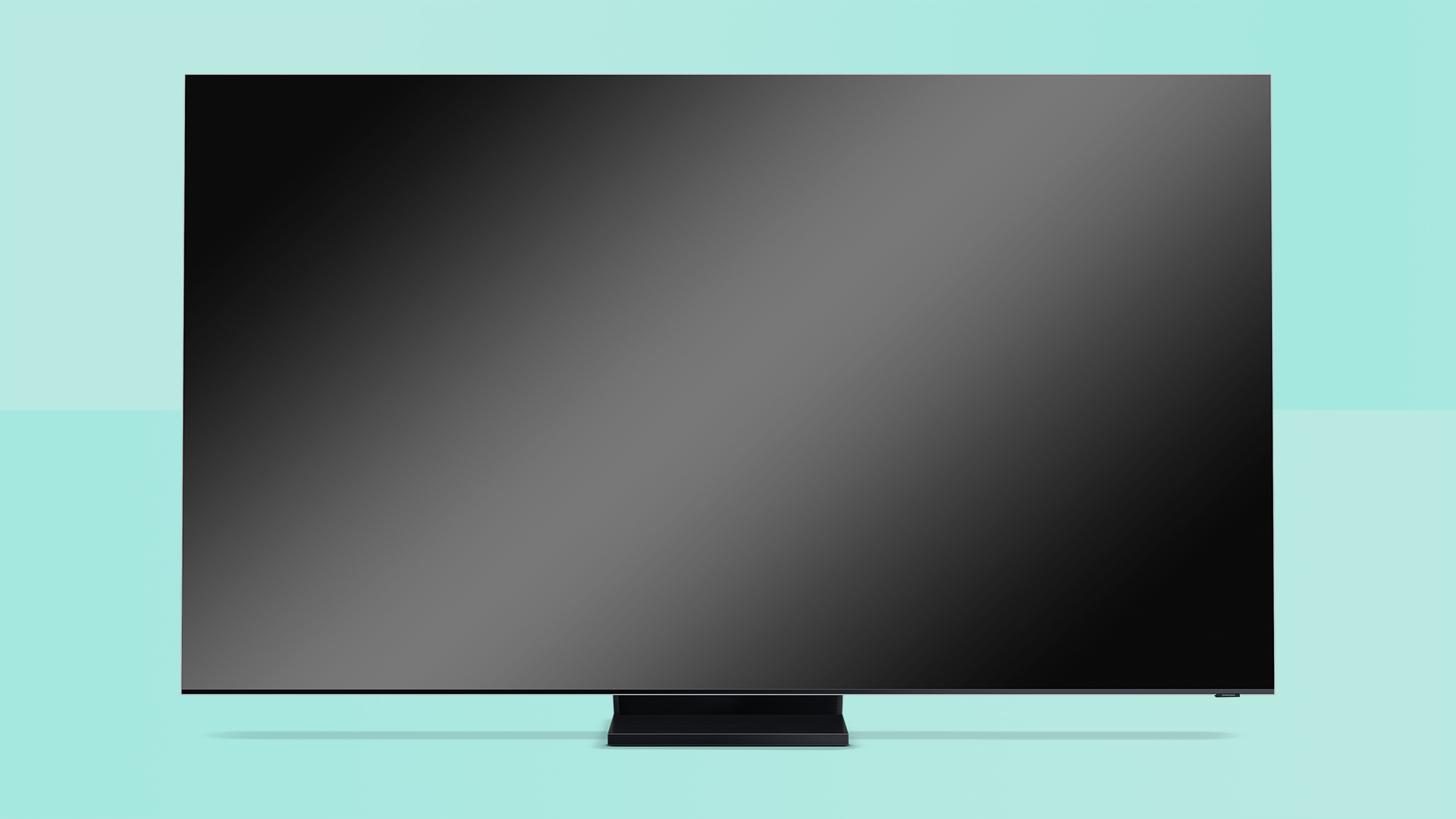
Samsung Q950TS review: final verdict
There’s no doubt the Samsung Q950TS is a niche choice. It’s madly expensive and it’s specified well in excess of any mainstream standard of stream or broadcast.
And yet the 75Q950TS makes a compelling case for itself: it’s big, yet discreet by the usual big TV standards, and it makes 4K content look better than the majority of flagship 4K TVs can manage. It is the best 4K TV on the planet right at this moment – being an 8K TV too is almost a bonus. It's a demonstration of the current state of the TV art.
Samsung Q950TS review: the alternative choices
Samsung Q90R
If you want something that comes close to the HDR and amazing contrast performance of this set, but with 4K, we'd heartily recommend the Samsung Q90R – but bear in mind that this is last year's model, so the processing is slightly less advanced (not much of a problem, since it's not 8K), and it also won't be around for much longer! A 2020 version of the Q90R is coming (called the Q90T), but it's actually not as highly specced as the 2019 model, so if you like the sound of it, don't delay!
• Read our full five-star Samsung Q90R review
Samsung Q800T
Samsung is introducing a second 8K TV this year – the Q800T has the same processing and smart platform, and that colourful and detailed 8K QLED panel, but the backlight is less bright and has fewer dimming zones. It's still very high-end stuff, but quite as high-high-end as the Q950TS for HDR performance. But you'll still get the better-than-4K upscaling, so if you want to go big but for a bit less cash, it's a really strong option.
• Buy the 65-inch Samsung 65Q800T from Currys for £3,999
• Buy the 75-inch Samsung 75Q800T from Currys for £5,499
• Buy the 82-inch Samsung 82Q800T from Currys for £6,999
• Buy the 65-inch Samsung 65Q800T from Best Buy for $3,499
• Buy the 75-inch Samsung 75Q800T from Best Buy for $4,999
• Buy the 82-inch Samsung 82Q800T from Best Buy for $6,999
Sign up to the T3 newsletter for smarter living straight to your inbox
Get all the latest news, reviews, deals and buying guides on gorgeous tech, home and active products from the T3 experts
Simon Lucas is a freelance technology journalist and consultant, with particular emphasis on the audio/video aspects of home entertainment. Before embracing the carefree life of the freelancer, he was editor of What Hi-Fi? magazine and website – since then, he's written for titles such as Wired, Metro, the Guardian and Stuff, among many others. Should he find himself with a spare moment, Simon likes nothing more than publishing and then quickly deleting tweets about the state of the nation (in general), the state of Aston Villa (in particular) and the state of his partner's cat.
-
 Warning: Ciele’s refreshed Elite Collection may cause excessive garment envy on race day
Warning: Ciele’s refreshed Elite Collection may cause excessive garment envy on race dayFlex on your run crew with Ciele’s latest drop
By Matt Kollat Published
-
 Smeg adds a touch of navy sophistication to its iconic breakfast set
Smeg adds a touch of navy sophistication to its iconic breakfast setIt's a minimalist's dream
By Lizzie Wilmot Published
-
 My most anticipated Netflix movie of the year gets a wild new trailer
My most anticipated Netflix movie of the year gets a wild new trailerHavoc looks pretty unbelievable
By Max Freeman-Mills Published